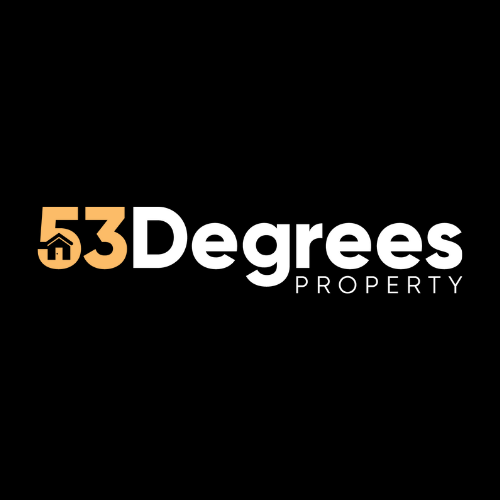Information
-
Audit Title
-
Document No.
-
Client / Site
-
Conducted on
-
Prepared by
-
Location
-
Personnel
DESIGNING FOR ACCESS
-
It is JD Wetherspoon’s intention to seek the best possible access to all of its pubs and hotels. The company ask those involved in the design and planning stages of any new pub development to consider how access will be provided to premises, goods and services. Below are the considerations that must be given. If for any reason, the expected standard cannot be achieved, a detailed explanation of the reasons why not must be provided, together with consideration of the next best option. At all times, the aim is to achieve full compliance with Part M of the Building Regulations.
Parking
-
1. PARKING Not all JDW pubs are provided with car parks. Where they are provided, the following standards should apply. In addition to the provision of parking and as a service to customers, it may be relevant to identify the closest point where disabled persons could be safely dropped off by car.
-
One in ten fully marked disabled car parking bays?
-
Bays are closest to the accessible pub entrance?
-
Drop curb leading to the pub entrance?
-
Is there provision for safe drop outside the pub?
-
If yes please provide details.
Entrance
-
The considerations below are in order of preference and the next provision should only be considered where the one above cannot be reasonably or practically achieved. Reasons for not being able to achieve the first provision should be stated.
-
Level access to the main entrance?
-
Level access to an alternative entrance?
-
Permanent ramped access to the main entrance?
-
Permanent ramped access to an alternative entrance?
-
Access into premises by lift?
-
Steps - access using temporary ramp?
-
Other considerations?
Doorways
-
Suitably wide and no less than 825mm?
-
Well lit to assist persons with poor eyesight?
-
Weather protection at entrance?
-
Type of door at entrance
-
Door furniture easy to grasp and operate?
Access to Goods & Services
-
Clear route identifiable - from entry to order point?
-
Level internal access to an order point?
-
Ramped access internally to an order point?
-
Access provided by lift to an order point?
-
Lowered bar counter for service?
-
Assisted service as additional provision?
Access to Internal Pub Facilities
-
Access will be considered suitable where all goods and services offered elsewhere are available in one location. It is not always reasonable or practicable to provide access to all locations within the pub. Considerations also must be given not only to access but also egress in the event of a fire or other emergency.
-
Level access to facilities?
-
Permanent ramped access to facilities?
-
Access provided by lift?
-
Steps - access using temporary ramp?
Access to the Garden
-
Level access to the garden?
-
Permanent ramped access to the garden?
-
Access provided by lift?
-
Steps - access using temporary ramp?
Access to Smoking Areas
-
Level access to smoking areas?
-
Permanent ramped access to smoking area?
-
Access provided by lift?
-
Steps - access using temporary ramp?
Toilets
-
Disabled toilet location seen easily on entry?
-
At least 1 accessible toilet to Part M specification?
-
Extended toilet cubicle in existing toilets?
Hotel Considerations
-
Lowered reception counter?
-
1 in 15 bedrooms to be accessible?
-
Accessible bedroom on the ground floor?
-
Lift to accessible upper floor bedrooms?
-
Alarm warning light in all bedrooms?
-
Portable alarm packs available, 1 per 15 bedrooms?
-
Provision for evacuation of non- ambulant persons down stairs (where applicable)?
Summary
Additional Comments (Based on further investigations)
-
Select date













